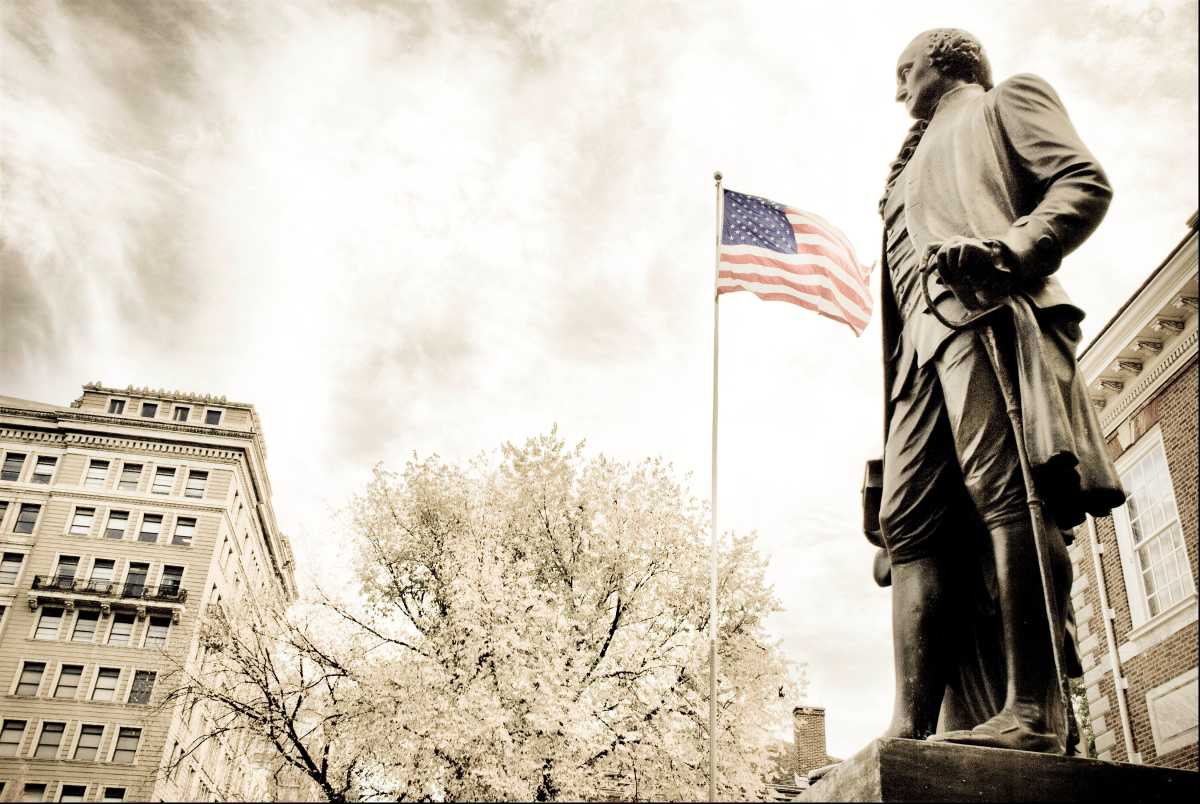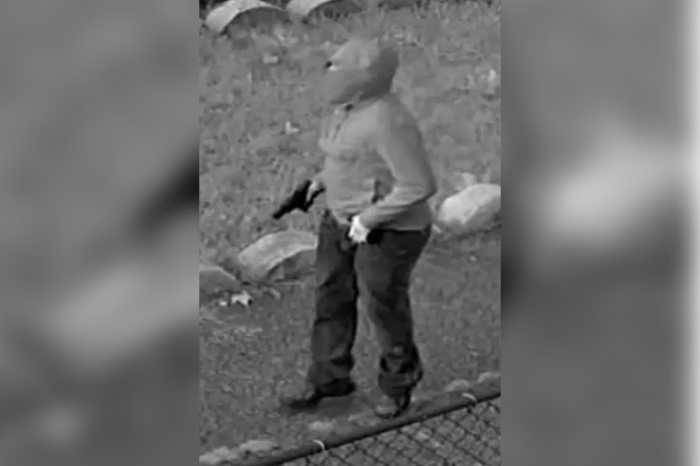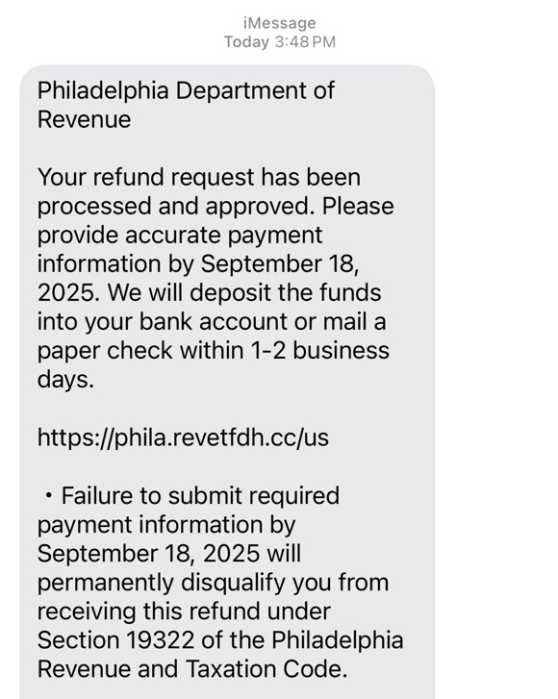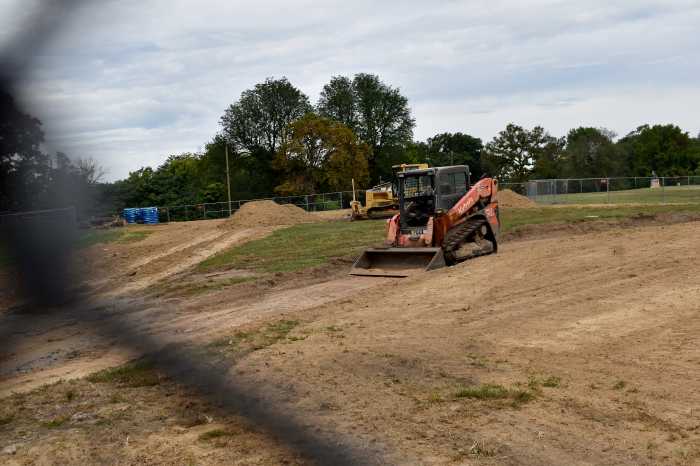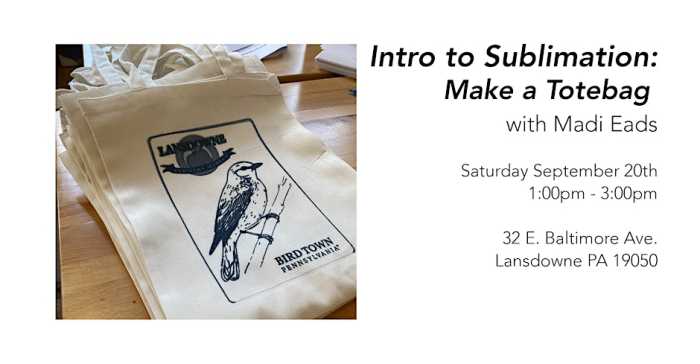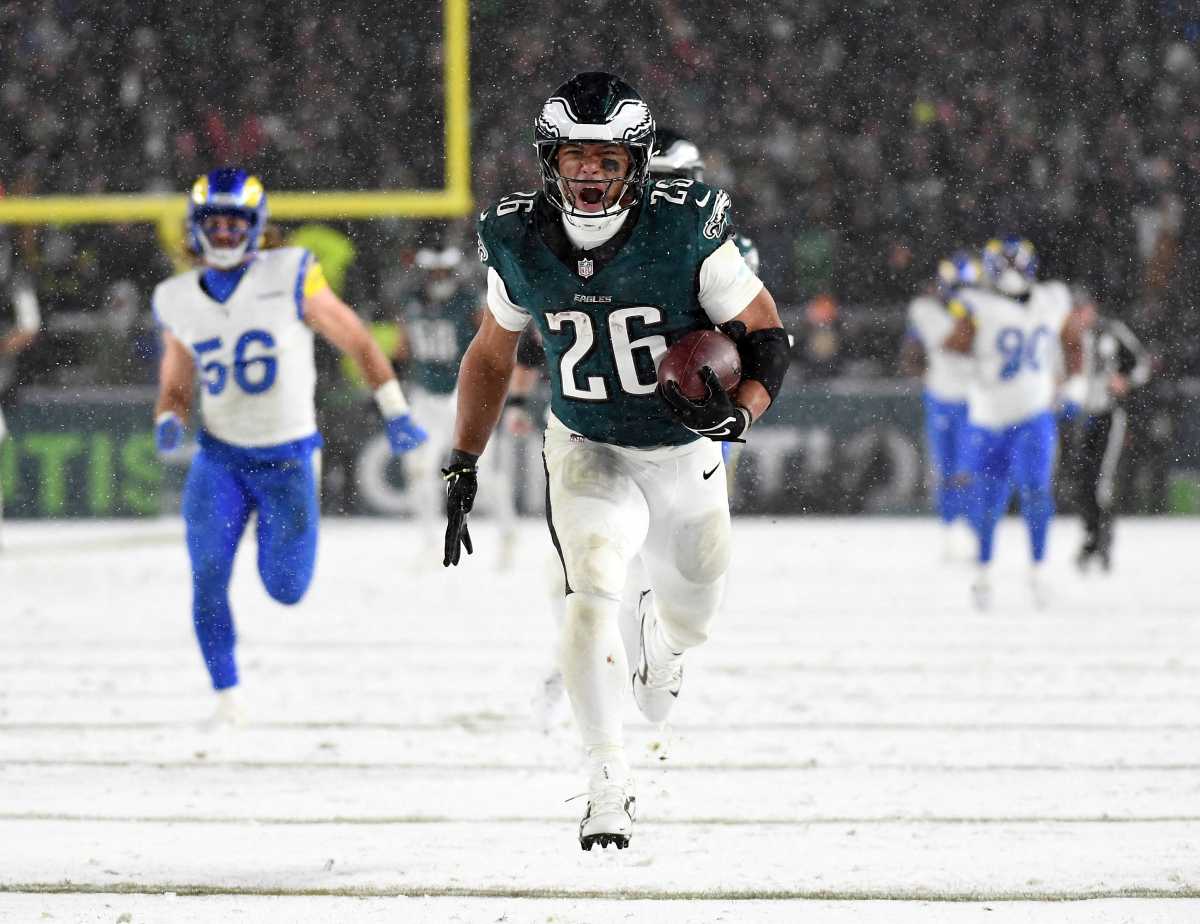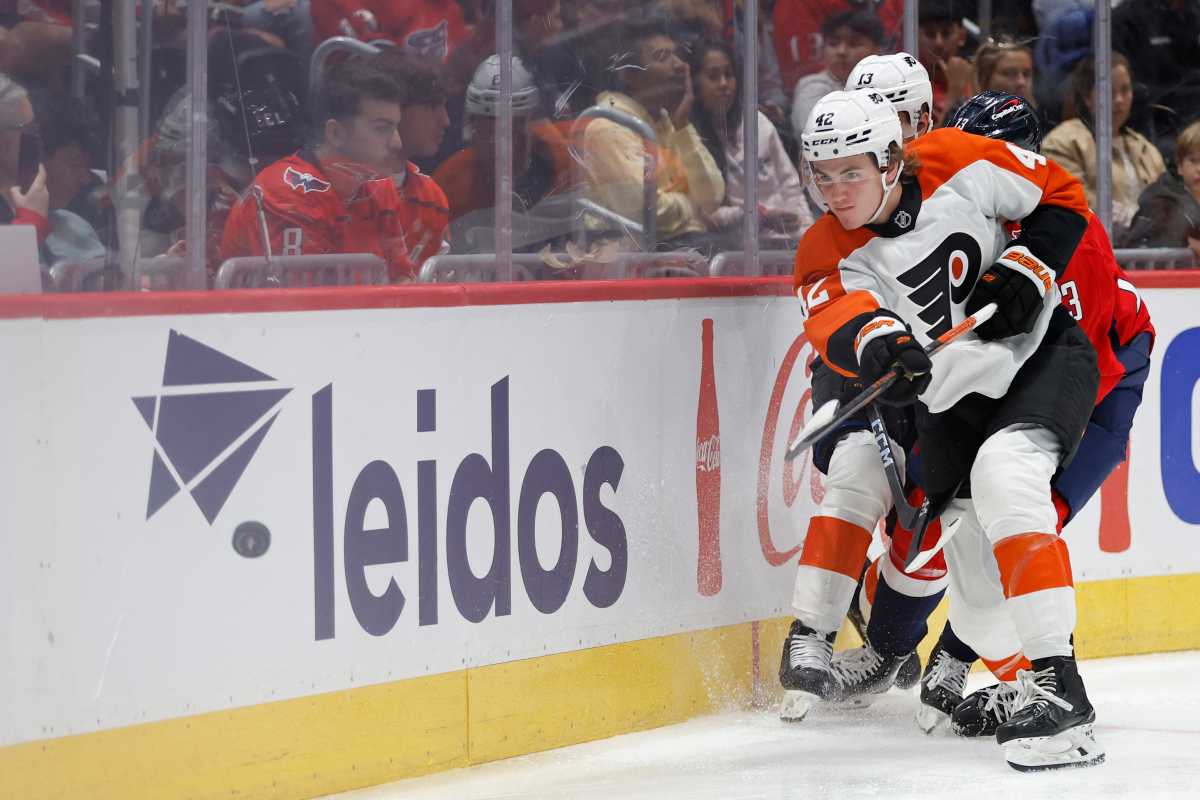It was the afternoon of Oct. 10, 1871 when 32-year-old Catto Valentine Octavius left the Philadelphia School on Lombard Street where he was a teacher and began walking towards his home in South Philly. Hours earlier — Catto had cast his vote in the local election — and now was making his way back home to collect his uniform and supplies after receiving orders to contact Brigade commanders for readiness to suppress any civil unrest in the city.
Setting out with his revolver at the ready, Catto passed houses like the Issac Chase House still smoldering from the riots. Not far from his own home , Catto had words with a group of men, one of whom took out a revolver and shot him through the heart. He collapsed to the ground and died almost right outside of his home. It is not known whether or not he attempted to draw his own revolver.
During the local election of 1871 in Philadelphia — which saw Democratic candidate James Biddle opposing Republican William Stokley — rioters would set on fire the Hibernia Fire Station, over 25 homes in the city, and a market before being stopped by local state militia.
Political unrest during elections has a deep history in Philadelphia. In 1742 — on a day known as the “Bloody Election” — violence erupted at the Philadelphia “Market Place.” During the Philadelphia City Council elections (one that had requested Philadelphia citizens to not carry weapons due to the possibility of hostilities) a large number of sailors carrying clubs assembled and began a violent rampage once Issac Norris II was chosen as an elector over William Allen. Eventually, the crowd fought back and forced the sailors to retreat back to their ships.
In 1789 — when America unanimously elected President George Washington as the first U.S. President — he went to Philadelphia to begin his term after taking the oath of office in New York. One of his residences was the President’s House on 6th and Market streets, which served as the home of the President from 1790–1800 prior to the chief executive living at the White House.
In close proximity to the State House, Mary Master’s built the President’s House in 1767. A decade later — the house was confiscated when British General Sir William Howe’s Army captured Philadelphia during the American Revolution. After the British abandoned Philadelphia, the house was occupied by Military Governor Benedict Arnold who engaged in treason with letters to the British written from the residence. In 1790 — Robert Morris, an American Founding Father — gave the house to George Washington.
In 1832, the house was substantially demolished for a hardware store and when John Wanamaker built “Oak Hall,” the west wall of the President’s House was incorporated into the building. Today, visitors can see the President’s House surviving walls and foundations are available for all to see including an enclosed display of the home’s kitchen. In 1951 — the remaining original walls were accidentally destroyed during the building of Independence Mall.
One needs to look no farther than the final pre-election blitzes across Pennsylvania from the campaign’s of Vice President Kamala Harris and former President Donald Trump to realize Philadelphia’s lasting importance in the election process. Catto Octavius’ killer was tried in 1877, but was never convicted of the crime.
What can never be taken from Catto Octavius, however is that in October of 1871 — he successfully cast his vote in the 4th Ward in Philadelphia.
Michael Thomas Leibrandt is member of the York Road Historical Society and lives and works in Abington Township.



